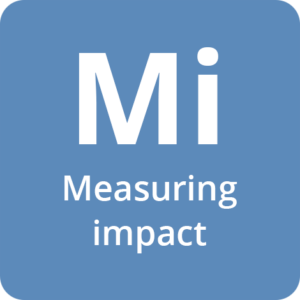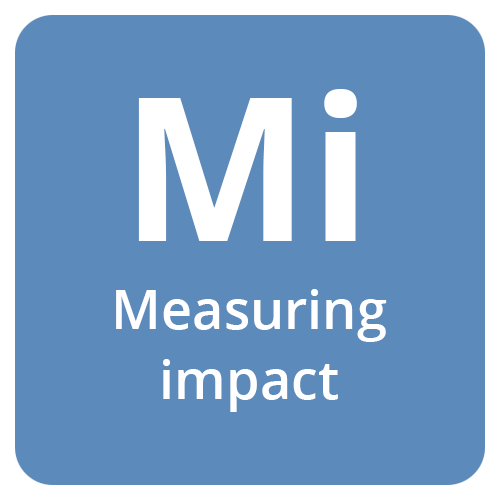 Most local wellness funds are established to bring about some measure of change. Once areas of need and opportunities for improvement have been defined, it is important to determine the best strategy or approach to addressing each priority. This process includes a review of best and promising practices and strategy selection with an aim of identifying high-leverage strategies and building community support for health improvement efforts. High-leverage strategies are context specific and seek to align community health needs and priorities with strategies that improve population health, and available financing.¹
Most local wellness funds are established to bring about some measure of change. Once areas of need and opportunities for improvement have been defined, it is important to determine the best strategy or approach to addressing each priority. This process includes a review of best and promising practices and strategy selection with an aim of identifying high-leverage strategies and building community support for health improvement efforts. High-leverage strategies are context specific and seek to align community health needs and priorities with strategies that improve population health, and available financing.¹
In order to determine if the purpose of the fund is being accomplished, the impact of the investments must be measured. The ability to measure the impact of a local wellness fund will ensure effective investment and sustainability of the fund. Additionally, many funders (sources) like to see what influence their investment are having. For these reasons, it is important to measure the influence or impact of a fund.

Most local wellness funds are established to bring about some measure of change. Once areas of need and opportunities for improvement have been defined, it is important to determine the best strategy or approach to addressing each priority. This process includes a review of best and promising practices and strategy selection with an aim of identifying high-leverage strategies and building community support for health improvement efforts. High-leverage strategies are context specific and seek to align community health needs and priorities with strategies that improve population health, and available financing.¹
In order to determine if the purpose of the fund is being accomplished, the impact of the investments must be measured. The ability to measure the impact of a local wellness fund will ensure effective investment and sustainability of the fund. Additionally, many funders (sources) like to see what influence their investment are having. For these reasons, it is important to measure the influence or impact of a fund.
Guide to Results-Based Planning and Facilitation: Achieving Results and Equity for Vulnerable Children and Youth
This guide by the National Results and Equity Collaborative walks through how to conduct a Results Based Accountability process that can help wellness funds and coalitions to select strategies and performance measures. The process provides a structure for building shared commitment as well as a results and indicators framework that can guide goals strategies, including those of local wellness funds.
Equity and Empowerment Lens – 5 Ps Worksheet
This tool from Multnomah County Office of Diversity and Equity is part of Multnomah County’s Equity and Empowerment Lens which seeks to improve planning, decision-making, and resource allocation leading to more racially equitable policies and programs. This worksheet asks questions in the areas of people, place, process, power, and purpose. Local wellness funds can use this resource to guide partners at all levels to align around transformative values, relationships, and goals moving towards racial equity.
Healthy Neighborhood Investments: A Policy Scan & Strategy Map
This policy scan and strategy map was created by the Build Healthy Places Networks in partnership with Shift Health Accelerator. The policy scan serves as a tool for community-owned priority setting that reduces inequities and strengthens neighborhood revitalization, with a geographic emphasis on California. Local wellness funds can use this tool to identify several policy actions for advancing health and racial equity through cross-sector investments.
- Content originally developed as part of the Bridging for Health project, with support from the Robert Wood Johnson Foundation and led by Georgia Health Policy Center.




